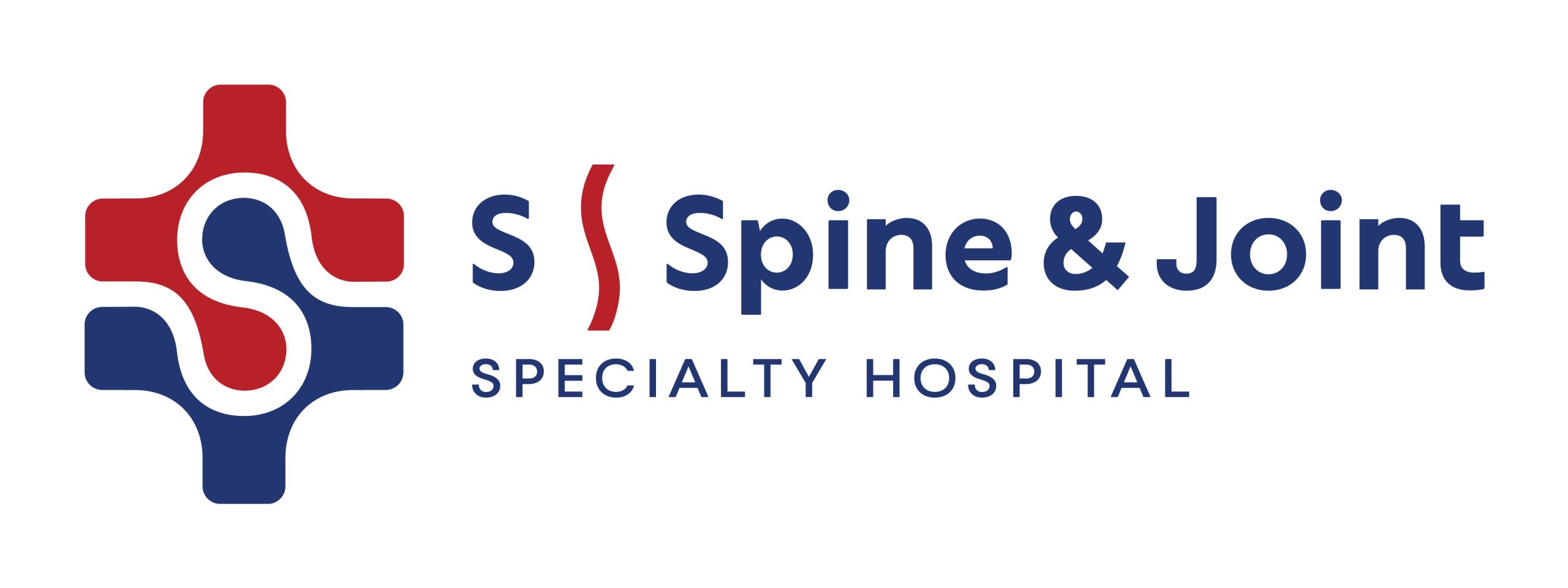This condition arising from osteoporosis is considered a silent threat with subtle symptoms. Individuals may become aware of it only when an accident occurs, such as a fall resulting in a broken spine, leading to severe pain. In some cases, osteoporosis can cause the spine to collapse, resulting in a hunched or stooped posture, disrupting the body’s balance during walking and causing chronic back pain.
Who is at Risk?
According to statistics from the World Health Organization, it is found that women worldwide in the age group of 50-59 years have a 4% prevalence of osteoporosis. This percentage increases to 8%, 25%, and 48% in the age groups of 60-69, 70-79, and over 80 years, respectively.
Meanwhile, the Osteoporosis Foundation of Thailand revealed that in the year 2010, over 1 million Thais aged around 70-80 years were found to have osteoporosis, accounting for approximately 25% or 1 in 4 people in the country.
Causes of Osteoporosis
This can be divided into 3 factors:
- Genetics
In families where either the father or mother has osteoporosis and a broken spine, there is a likelihood of their children developing osteoporosis and a broken spine. - Lifestyle Factors Influencing Osteoporosis
• Medication Use
Certain medications, when used for an extended period, may lead to a decrease in bone mass. Examples include steroids, certain hormonal medications, anticonvulsants, etc.
• Nutritional Deficiencies
Lack of essential nutrients like calcium and vitamin D can hinder bone growth and reduce bone mass.
• Alcoholic beverages
Consuming more than 3 glasses of alcohol, beer, or even wine/day increases the risk of osteoporosis.
• Smoking
The nicotine in cigarettes damages bone-forming cells, leading to reduced bone mass. Smoking more than 20 cigarettes a day increases the risk of fractures 1.5 times more than non-smokers. - Age
As age increases, the number of bone-forming cells decreases, leading to an increased rate of bone loss.
How does Osteoporosis Affect the Spine?
1.Deformed spine alignment, such as a hunched back or scoliosis leads to an inability to maintain posture.
2.A broken or collapsed spine that in some cases may occur alongside compressed spinal nerves.
Diagnosis
In cases where there is suspicion of spinal compression, performing a motion view X-ray alongside an MRI can aid in accurately diagnosing this condition.
Treatment
The treatment approach for patients diagnosed with osteoporosis can be divided into 3 categories:
Pharmacological Treatment
Currently, the use of medication for osteoporosis treatment falls into 3 groups based on their effects on bone balance:
1. Anti-resorptive agents: medications that inhibit bone resorption.
2. Bone-forming agents: medications that stimulate bone formation.
3. Dual-action agents: medications that both inhibit bone resorption and stimulate bone formation.
Surgical Treatment
If the spine experiences fractures, breaks, compression, or collapses due to osteoporosis, resulting in pain, but the spine is not misaligned to a degree that is considered abnormal, cement injection can be a low-risk surgical option that provides effective treatment and allows for a quicker return to normal life.
Reducing the Risk of Osteoporosis
1. Prolia Injection: this medication belongs to a group that helps reduce bone resorption. Typically, it is injected every 6 months to decrease the risk of fractures, especially in the hip and spine. It can be used in patients with renal insufficiency.
2. Consume foods with sufficient amounts of calcium and vitamin D, as they are essential nutrients for bone formation. In addition, ensure a balanced diet covering all 5 food groups, especially adequate protein from both plant and animal sources to support muscle development and prevent falls.
3. Get gentle sunlight in the morning and evening for at least 15 minutes a day. Expose just 15% of your body to sunlight because it helps the body synthesize natural vitamin D. Vitamin D aids in the absorption of calcium from the food we eat or from supplements, allowing it to be better absorbed into the bloodstream.
4. Age-appropriate exercises: exercise that helps increase bone mass should involve weight-bearing activities on various joints, such as brisk walking, gentle jogging, or aerobic dancing for seniors. These activities can help enhance bone mass, making them stronger. Exercise also contributes to maintaining good muscle strength, providing an additional means of preventing falls.




